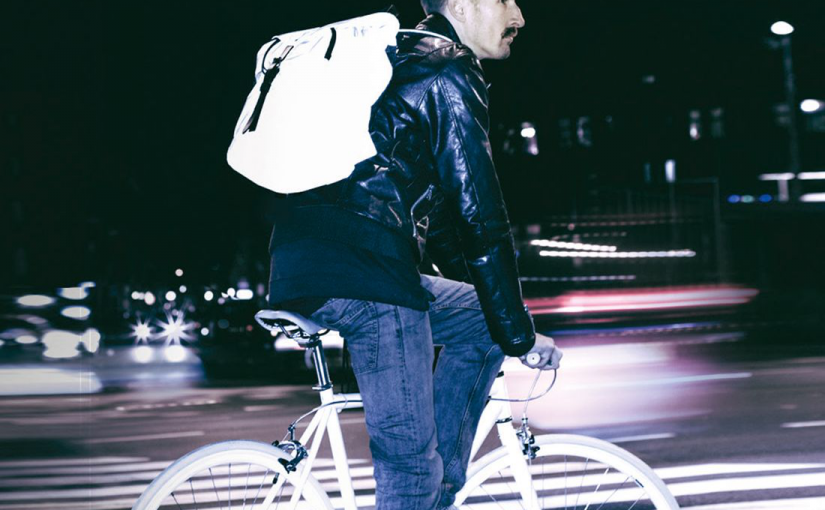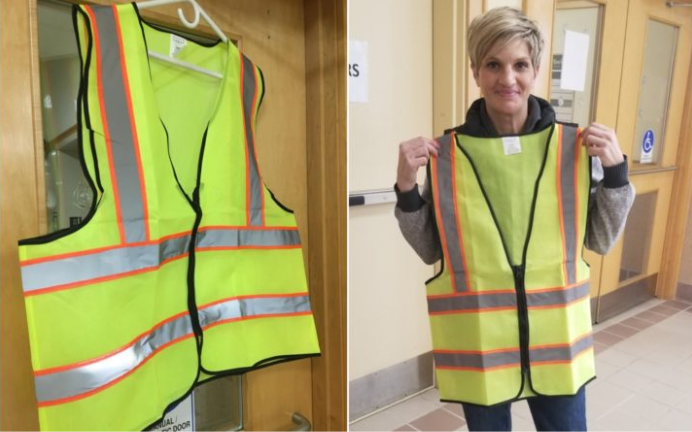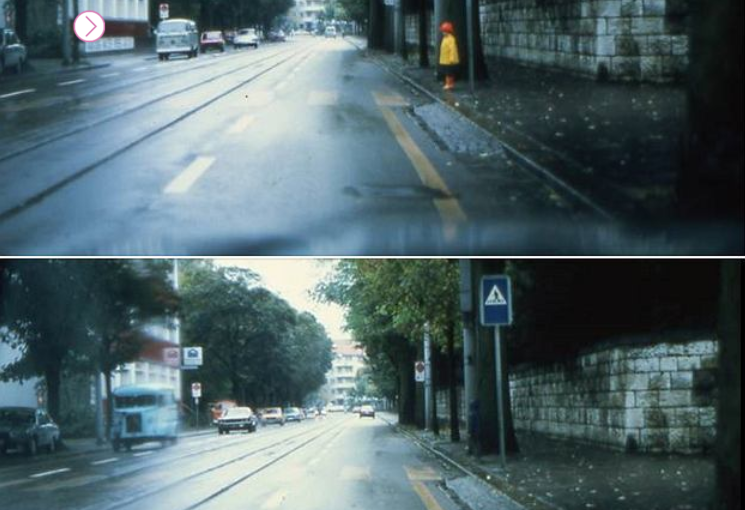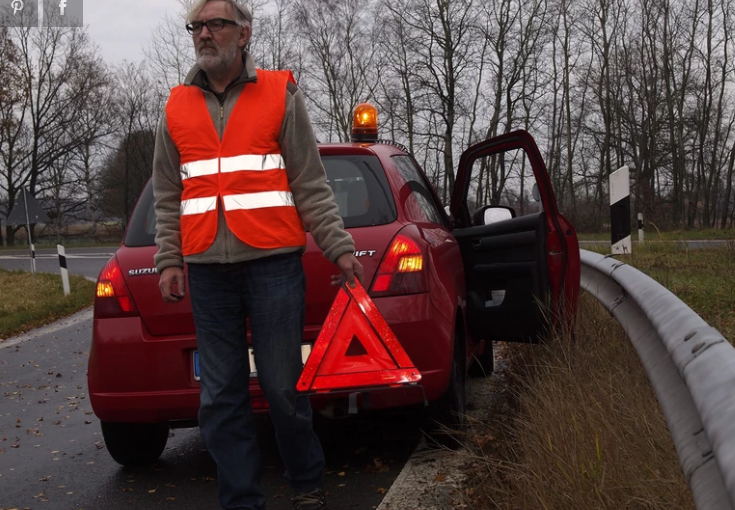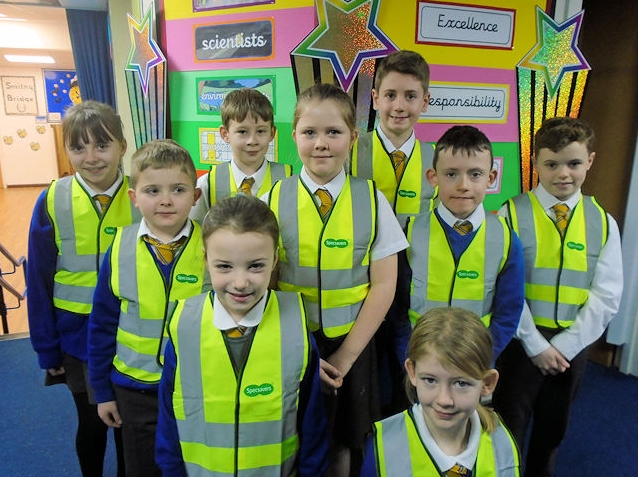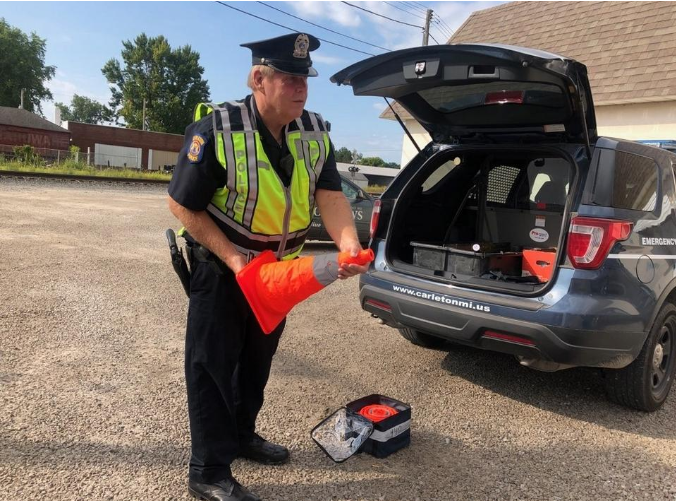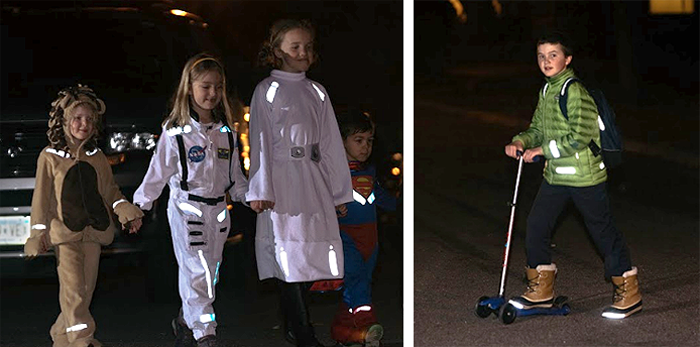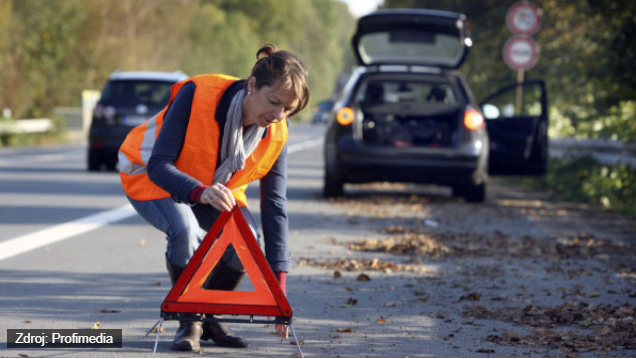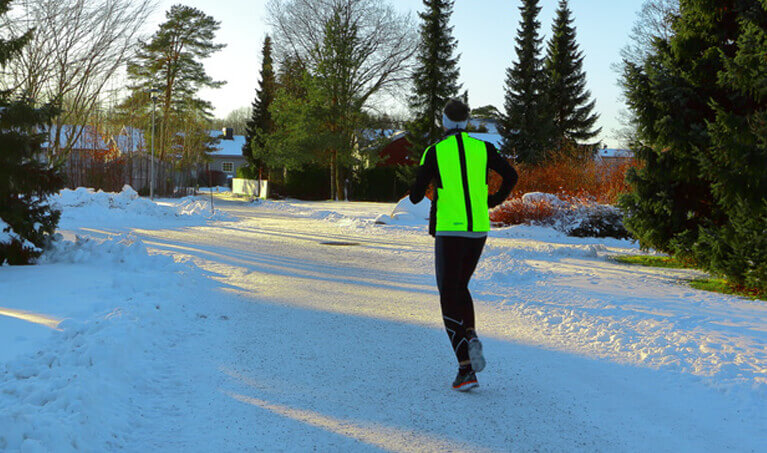In recent days, the United States Embassy and the specialist firm 3M held a forum on “Perspectives and Trends in Road Safety” at the end of which the need to reduce accidents and deaths on the roads, mainly from motorcyclists and bicyclists, was evident, and in which work will begin on the protection of the latter thanks to the use of retro-reflective or simply reflective tapes, as they are known.
Posted by Dacia 1300 New York on Sunday, April 12, 2020
The figures to start working on a future regulation for the use of these elements were released during the forum:
As of May, road deaths in Colombia totaled 1,366, most of them were motorcyclists or cyclists.
Motorcyclists have put 48% of road deaths in the past 4 years. And the figure instead of falling is increasing, because in the first seven months of the year the death toll reached 1,000.
According to IDB figures, traffic accidents mainly affect people with less income. And the magnitude of this problem is so great that it is estimated that in Latin America 120,000 people die each year and 5 million are injured.
Retro-reflective tapes for motorcycles and bicycles
Under this scenario, 3M highlighted its commitment to strengthening road safety from its technical expertise through the development and innovation of products aimed at improving road infrastructure and visibility on roads, mainly motorcycles and bicycles.
And it is that according to Víctor Cabrera, Business Manager for Latin America of the Transportation Security Division of 3M, the use of this type of tapes has significantly reduced accidents in countries where their use has become mandatory.
Globally, the implementation of contour marking with retro-reflective tapes increases the perception distance at night by up to 100%.
In the United States, speaking of freight transport using these tapes, the reduction in accidents at night fell by 21% between 1962 and 2012. In Italy, the rule was implemented in 2005, and five years later, accidents in the night decreased 36 percent.
In China, these figures fell by 43% for 2017, and thus, the global average of deaths from traffic accidents at night in the countries where these perimeter tapes began to be used in trucks and other vehicles had reductions that are in a range between 22 and 43%.
With this evidence, conversations are being held with the country’s authorities so that the most vulnerable road actors have greater visibility at night, as a form of protection.
And it is that the new materials that 3M develops in terms of retro-reflectivity, were pioneers in these elements in 1940, have advanced to the point that it has different types of light intensity that these tapes offer so that regardless of the climatic conditions, those of the road, or the speed of movement, both motorcyclists and bicyclists can be seen in traffic and that the ‘information’ that returns to drivers is clearer.
Thus the idea is that both helmets, vests, the bodywork, the wheels of motorcycles and bicycles and even the plate, in the case of motorcycles, make use of the new reflective materials that give them greater perimeter and rear visibility to avoid accidents by the scope and at the intersections that are the most critical points for these road actors.
And it is that although it is still in talks with the authorities to implement these elements in the future, the figures provided by the specialists are dramatic due to the reality in which they expose the state of the roads in the country in which the different corridors share actors:
1. 80% of the roads in Colombia are not prepared for coexistence with pedestrians.
2. 85% of the tracks are not prepared for coexistence with motorcycles
3. 90% of the routes are not prepared to coexist with bicycles and pedicabs.
FACT
The American firm 3M, which has products developed for different branches of the industry, and has a division specialized in the automotive segment, mainly in paints and security, as they have specialized in the development of traffic signs, reflective paving tapes, brands reflective for vehicles, safety films for automotive windows and registration plates.
